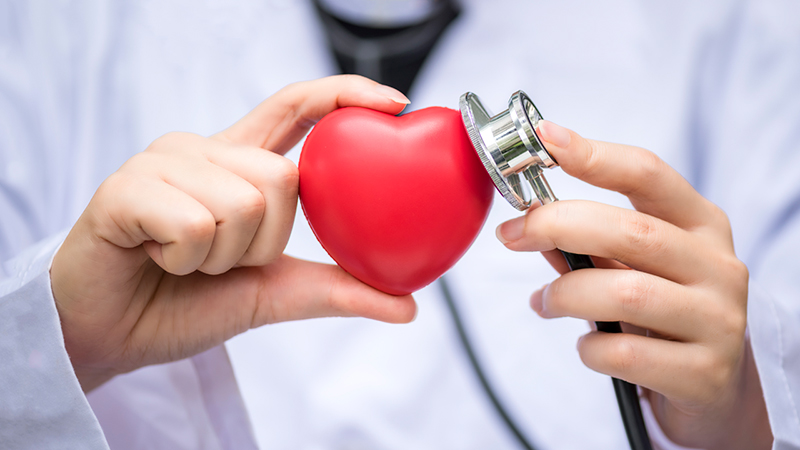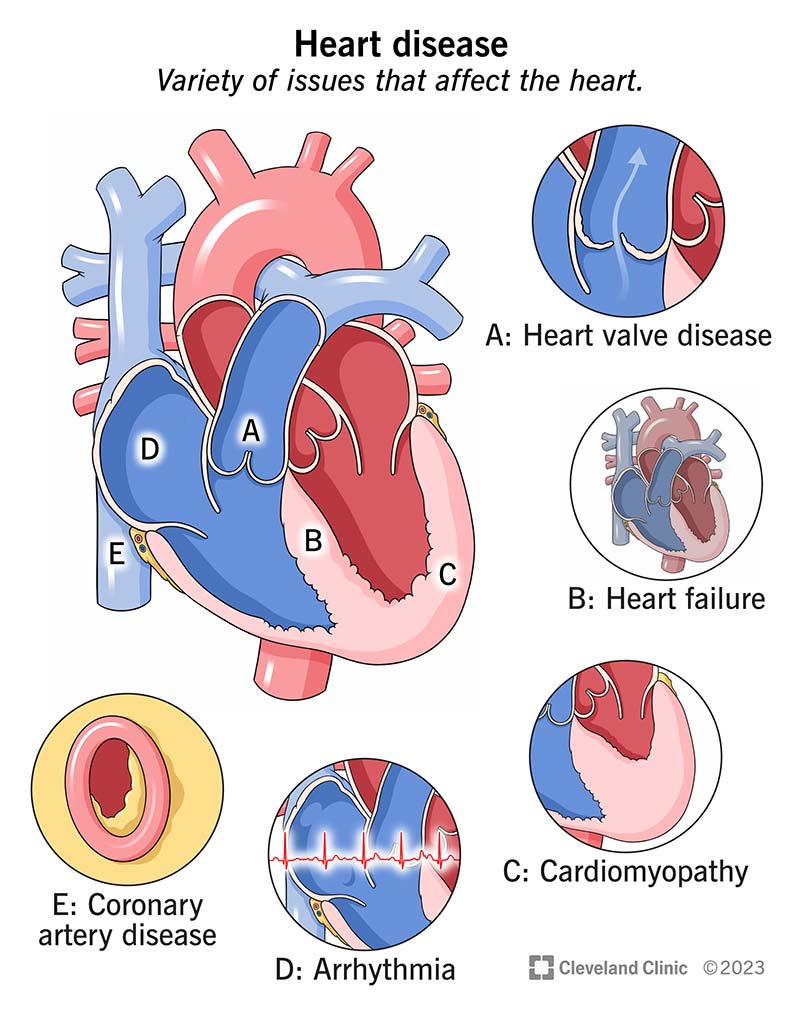7 Easy Facts About Arogyajivan Medical Tourism For Oncology Explained
7 Easy Facts About Arogyajivan Medical Tourism For Oncology Explained
Blog Article
Arogyajivan Medical Tourism For Oncology Fundamentals Explained
Table of Contents7 Simple Techniques For Arogyajivan Medical Tourism For OncologyIndicators on Arogyajivan Medical Tourism For Oncology You Need To KnowThe Single Strategy To Use For Arogyajivan Medical Tourism For OncologyThe 4-Minute Rule for Arogyajivan Medical Tourism For OncologyNot known Factual Statements About Arogyajivan Medical Tourism For Oncology All About Arogyajivan Medical Tourism For Oncology
With its emphasis on minimally invasive strategies, advanced imaging, and customised medicine, interventional cardiology is transforming the means we come close to heart health and wellness. At Atrius Heart Treatment, we are committed to providing our people with the finest quality of treatment, making sure that they get the very best possible end results on their path to heart health.Heart disease (CVDs) are the leading cause of death internationally. An approximated 17.9 million people died from CVDs in 2019, standing for 32% of all international fatalities (ArogyaJivan Medical Tourism for Oncology). Of these deaths, 85% resulted from cardiovascular disease and stroke. Over 3 quarters of CVD fatalities occur in reduced- and middle-income nations.
One of the most typical reason for this is an accumulation of fatty down payments on the inner wall surfaces of the capillary that provide the heart or mind. Strokes can be triggered by bleeding from a capillary in the brain or from embolism. The most crucial behavioural risk aspects of cardiovascular disease and stroke are undesirable diet regimen, physical inactivity, cigarette use and unsafe use alcohol.
The Ultimate Guide To Arogyajivan Medical Tourism For Oncology
Additionally the person might experience problem in breathing or shortness of breath; nausea or vomiting or vomiting; light-headedness or fatigue; a chilly sweat; and transforming light. Females are more probable than males to have shortness of breath, queasiness, vomiting, and back or jaw discomfort. One of the most common sign of a stroke is unexpected weak point of the face, arm, or leg, frequently on one side of the body.
People experiencing these signs and symptoms need to look for clinical treatment quickly. Rheumatic cardiovascular disease is brought on by damages to the heart shutoffs and heart muscle from the swelling and scarring triggered by rheumatic high temperature. Rheumatic high temperature is created by an uncommon response of the body to infection with streptococcal bacteria, which normally starts as a sore throat or tonsillitis in kids.
The smart Trick of Arogyajivan Medical Tourism For Oncology That Nobody is Talking About

People with cardio illness need to have accessibility to ideal modern technology and drug. Fundamental medicines that should be available consist of: aspirin; beta-blockers; angiotensin-converting enzyme preventions; and statins. An intense event such as a cardiac arrest or stroke should be quickly taken care of. Sometimes, surgical procedures are needed to deal with CVDs. They include: coronary artery bypass; balloon angioplasty (where a small balloon-like device is threaded with an artery to open up the clog); valve repair service and replacement; heart hair transplant; andartificial heart procedures.
Facts About Arogyajivan Medical Tourism For Oncology Revealed
Heart disease is the leading reason of death in the western world. Yearly in the U.S., greater than 500,000 men and ladies die from coronary artery condition. During the past 2 decades, significant strides my explanation have actually been made in the medical diagnosis and treatment of heart illness. Nuclear cardiology has played an essential function in detecting cardiovascular disease, assessing disease extent, and forecasting outcomes.
When the arteries end up being clogged up, the blood flow to the heart muscle is damaged and a heart assault can occur. Nuclear cardiology research studies utilize noninvasive techniques to evaluate myocardial blood circulation, examine the pumping feature of the heart as well as envision the size and area of a heart attack.

All about Arogyajivan Medical Tourism For Oncology
Radionuclide ventriculography is a noninvasive study that offers details regarding the pumping function of the heart. In people with coronary artery illness and in those that have had a cardiovascular disease, the evaluation of the pumping feature of the heart (also recognized as the ejection fraction) is vital in the forecast of both lasting and short-term survival.
These methods can additionally supply information concerning the function of the valves of the heart, the integrity of all the cardiac chambers and can be used to keep track of the result of various medicines on the heart muscle mass (in individuals with cancer that are treated with chemotherapy). The analysis of cardiac feature helpful hints with radionuclide ventriculography is exact and noninvasive and proceeds to play a crucial function in forecasting results in patients with cardiovascular disease.
Nuclear cardiology methods can be made use of to identify which areas of the heart muscle have been damaged by infection or by a cardiac arrest. These methods can additionally be made use of to check the status of the heart muscle in the individual after heart transplant. ArogyaJivan Medical Tourism for Oncology. The heart has its own nervous system, which is vital for the correct functioning of the heart muscular tissue
An uncommon heart rate and disarray of the normal heart rhythm can materialize this problem. Imaging representatives are injected right into the blood stream and after that the nerves of the heart can be imaged using a gamma cam. The details acquired from these noninvasive researches can be used in the administration of patients with heart problem, especially heart failure.
The 6-Second Trick For Arogyajivan Medical Tourism For Oncology
These research studies can outline the heart muscular tissue that is not obtaining sufficient blood circulation visit due to the clog in the arteries of the heart. These studies can also show the heart muscle that has actually been scarred from previous heart strikes, and likewise what has been damaged however has the prospective to recover if a bypass surgical treatment or an angioplasty is performed.

, which consists of your heart, arteries, and veins.
Report this page